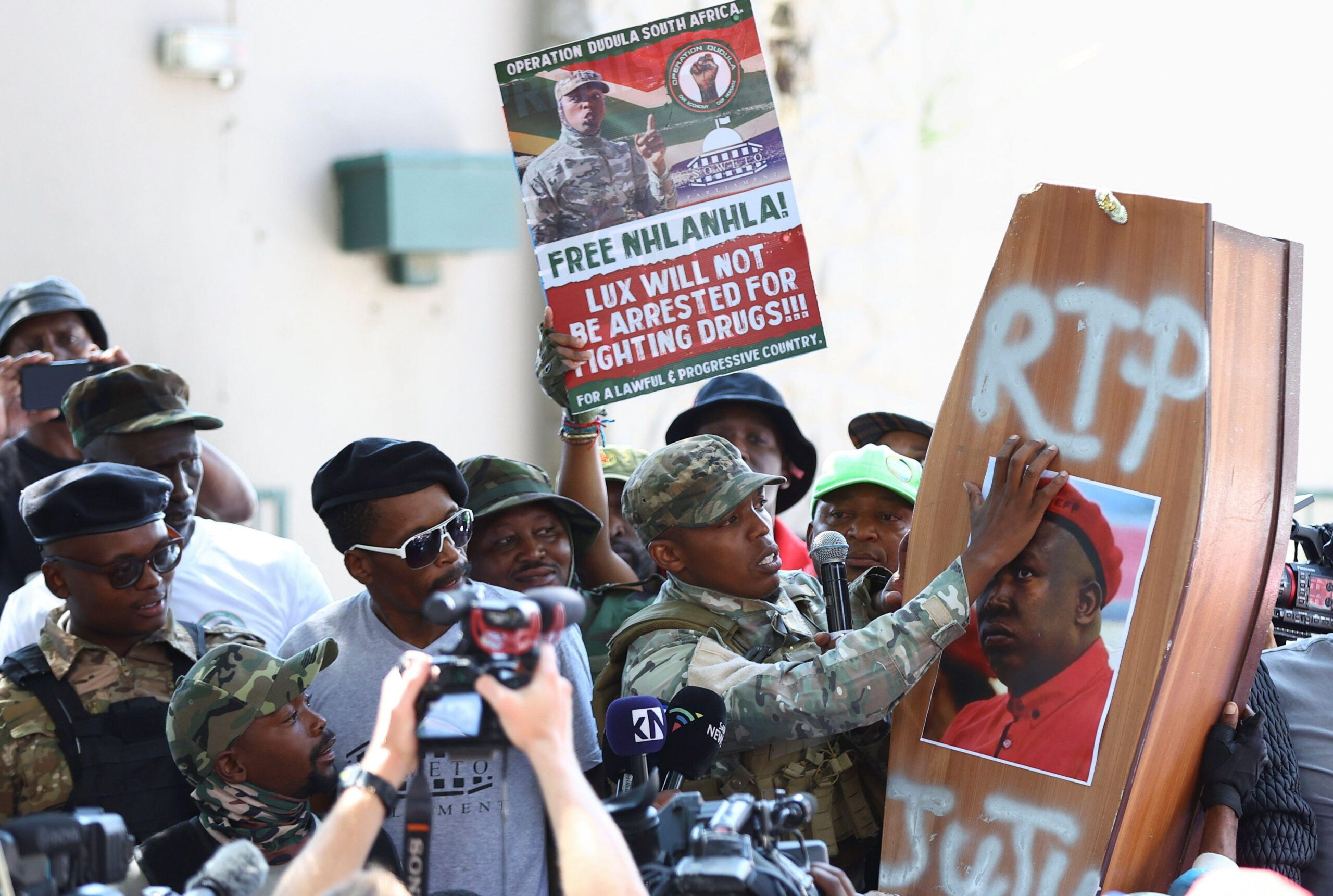Meta Description: Understand the modus operandi of blue light gangs in South Africa- using fake police vehicles to execute crimes. An analysis of public safety and response strategies, together with actions taken to protect communities.
At the sight of flashing blue lights in South Africa, people naturally stop and cooperate, under the impression that it is law enforcement. This, however, has lately opened a trend where the so-called blue light gangs reflect uncertainty and fear. They practically look and feel like real police, complete with the vehicle, attire, and identification to trick civilians—but only to commit their targeted crimes.
While those have been isolated, it has raised a question of how the public can stay safe and what can be done to address the issue without instilling fear but having a positive attitude about the problem. This article will look at the phenomenon in an evident, balanced manner, having a look at the solutions and community awareness.
What do blue light gangs refer to? Blue light gangs are not formal squads; they are a term used for people or units that make use of false police visuals— like shining blue lights or false uniforms— to pretend to be police officers. Their main aim is to stop cars or get access to places under fake pretenses.
While most police encounters in South Africa are safe and professional, these rare impersonations exploit the trust in authority for illicit gain.
How they work
In many instances, these groups use vehicles that look like police models, often with blue lights on the dashboard. They may be dressed in clothes resembling police uniforms and may use walkie-talkies or badges to appear authentic. Once in this setting, they may:
• Signal drivers to pull over on quiet roads
• Claim it is part of routine checks
• Request for documents or to carry out a search on a vehicle
All this is meant to look as if it is normal, which is why some do not question the stop until it is too late.
Where and when does this happen?
Most of the reported incidents happened on the highways or tranquil suburban roads, mostly evenings. Most in the urban provinces like Gauteng, and Mpumalanga, but some in other regions as well.
This proves to be quite a challenge because, over and above the individual cases, a good number of which have been cracked, some of the cases formed part of larger syndicates. All of this was according to the South African Police Service (SAPS).
The problem is that law-abiding citizens naturally follow police orders – and that’s a good thing. The challenge is that when someone uses that trust to mislead others it creates confusion.
Here are some reasons why these impersonations are worrying:
– They undermine public trust in the real police.
– People may be hesitant to stop to call legitimate officers out of fear.
• Additional pressure is facing emergency services to restore trust and respond quickly to what is happening.
However, it is important to emphasize that these incidents are the exception and not the rule; the real police are still involved in keeping the community safe.
What is being done about it?
Fortunately, the authorities take the matter very strongly. Over the past two years, the SAPS has implemented several measures to address this issue.
• Specialist units are in use to track and apprehend those using fake police equipment.
• Public education campaigns have already begun to help people know what to do if they feel unsafe during a traffic stop.
• A review of the law is in process to increase penalties for impersonating a law enforcement officer.
• Community reporting lines have been strengthened to anonymously report on any suspicion.
The number of arrests related to impersonation has now reached over 80 since 2022, with the police also involving local authorities to intensify monitoring high-risk areas.
How to Stay Safe (Without Panicking)
Aware but not panicked, here’s what safety experts, in a friendly and practical manner, would recommend:
• When in doubt, first drive to a well-lit, populated area before stopping.
• Dial 10111 (the SAPS hotline) to verify if there exists an operation in your proximity.
• Keep the doors of your vehicle locked; have the windows only slightly lowered, such that you may converse.
• Politely ask for identification — genuine officers will provide.
• Remain polite and composed even if nervous. Most genuine officers will understand.
Remember, the goal is to not be distrustful but to be considerate and show that you are confident.
Rebuilding community trust in the police will take time, but time can only start once people are aware. The press, NGOs, and government ministries are now pooling their efforts to ensure that people know how to spot a real cop and what their rights are when they meet one.
Major public campaigns have also focused on the following:
• Informing people about the official look of SAPS uniforms and vehicles
• More talk between the police and the public
• Timeous reporting of fraud or suspicious acts
Trust, plus the right information, makes safety a partnership.
The problem of fraud against the gangs in South Africa is significant. However, through vigilant policing and public collaboration, without causing panic or division, steady progress is being made in the country to address the issue. At the core of the matter is a fundamental truth: when they see a uniform or flashing lights, people must feel safe. With the increased efforts by the police, government, and local communities, South Africa can move forward in protecting not only its roads and neighbourhoods but also the trust that holds society together.
